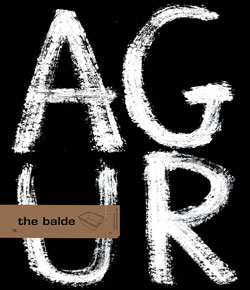selling smoke peru almandoz
It can hardly be denied that huge advances have been made in gastronomy over the last few years. Poring through writing on cookery, we come across concepts that belong more in the fields of physics, chemistry and even sometimes alchemy (what’s more, we even understand the odd one or two.) The have been several revolutions in gastronomy as far as taste, texture and dish presentation are concerned. The next step: smell. Smoke is the name given to the gas resulting from combustion. Smoke has long been used in gastronomy. The heavy clogging taste of smoked food was the price that had to be paid in order to be able to conserve food for hundreds of years. That taste is now regarded as being rather delicatessen. Wine and other alcoholic drinks owe quite a bit of themselves to smoke. For instance, the oak barrels used for wine are scorched on the inside so that the liquid of the crushed grapes gain a smoky taint.
As we mentioned above, we are now in the age of smell in the world of gastronomy. The problem is that smell reaches the nose in gas form and thus it is very difficult for the nose to hold on those smells. However, and thanks to a little German gadget called Volcano, we have found a way to capture the perfume given off by food (it uses steam to avoid combustion smoke). This opens up whole new avenues of possibilities. You can pick a food and serve it with the smell of a different ingredient or foodstuff and in such a way create contrasts and new combinations. A lot of people will think that this is just another example of how modern gastronomy sells smoke. You’re perfectly entitles to believe that if wish, but it is nevertheless another irresistible opportunity for playful gastronomical experimentation.
To finish off in these smoke-prohibition times, as you’re sitting there after a fulfilling meal and you have the urge to light up a good cigar, all you have to do is open your little smell bag.
As we mentioned above, we are now in the age of smell in the world of gastronomy. The problem is that smell reaches the nose in gas form and thus it is very difficult for the nose to hold on those smells. However, and thanks to a little German gadget called Volcano, we have found a way to capture the perfume given off by food (it uses steam to avoid combustion smoke). This opens up whole new avenues of possibilities. You can pick a food and serve it with the smell of a different ingredient or foodstuff and in such a way create contrasts and new combinations. A lot of people will think that this is just another example of how modern gastronomy sells smoke. You’re perfectly entitles to believe that if wish, but it is nevertheless another irresistible opportunity for playful gastronomical experimentation.
To finish off in these smoke-prohibition times, as you’re sitting there after a fulfilling meal and you have the urge to light up a good cigar, all you have to do is open your little smell bag.



